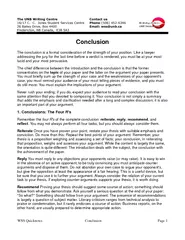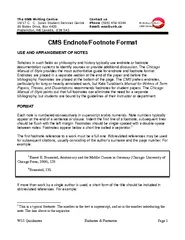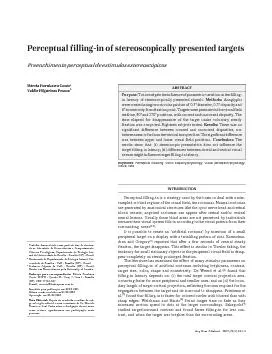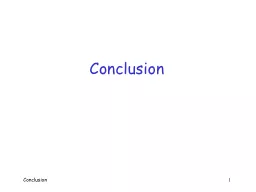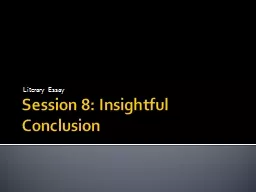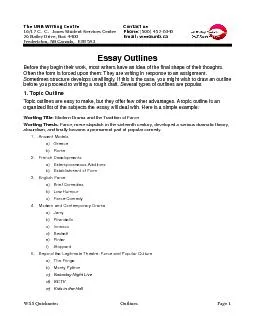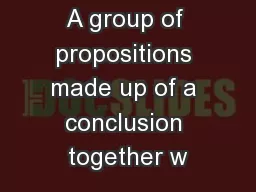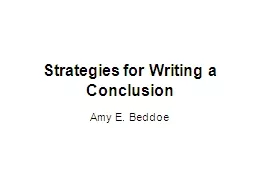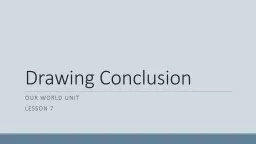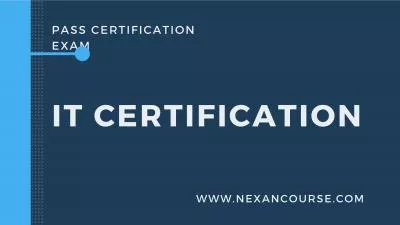PDF-WSS Quicknotes Conclusion Page Conclu sion The conclus
Author : mitsue-stanley | Published Date : 2015-05-19
Like a lawyer addressing the jury for the last time before a verdict is rendered you must be at your most lucid and your most persuasive The chief difference between
Presentation Embed Code
Download Presentation
Download Presentation The PPT/PDF document "WSS Quicknotes Conclusion Page Conclu si..." is the property of its rightful owner. Permission is granted to download and print the materials on this website for personal, non-commercial use only, and to display it on your personal computer provided you do not modify the materials and that you retain all copyright notices contained in the materials. By downloading content from our website, you accept the terms of this agreement.
WSS Quicknotes Conclusion Page Conclu sion The conclus: Transcript
Download Rules Of Document
"WSS Quicknotes Conclusion Page Conclu sion The conclus"The content belongs to its owner. You may download and print it for personal use, without modification, and keep all copyright notices. By downloading, you agree to these terms.
Related Documents

